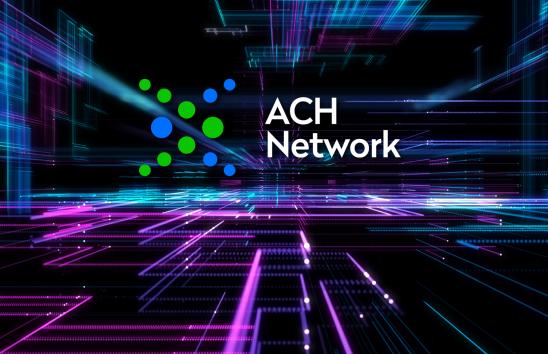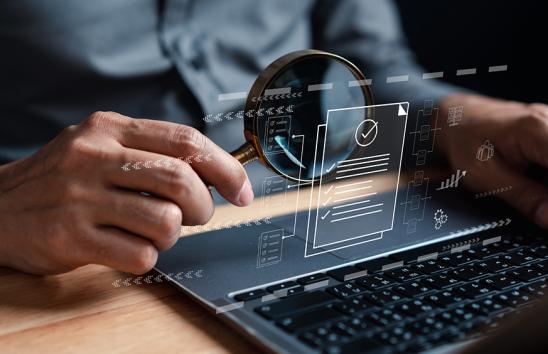Direct Deposit Quickly Gets Help to Maryland Residents
Author
Within four days of the Maryland RELIEF Act of 2021 becoming law, the state processed 98% of the payments—nearly two-thirds of which were made by Direct Deposit.
How did they do it? In a word, preparation.
The RELIEF (Recovery for the Economy, Livelihoods, Industries, Entrepreneurs, and Families) Act provides automatic payments to Maryland state taxpayers with low to moderate incomes who filed for and received the Earned Income Tax Credit on their 2019 state returns.
While lawmakers worked out the details of the legislation, the Comptroller of Maryland’s office reached out to an agency experienced in stimulus payments: the IRS.
Sharonne Bonardi, Maryland Deputy Comptroller, wanted to discuss “lessons learned from their economic impact payment process” and what the federal government did differently between the two rounds of stimulus.
The IRS also helped identify other stakeholders, including the associations representing Maryland banks and credit unions. “They shared the pain points that they had with the IRS economic stimulus payment process and we were able to address those pain points so that when we were to issue our payments, we wouldn't have the same concerns,” said Bonardi. “We also met with Treasury’s Fiscal Services to find out what they did regarding both the ACH as well as the paper check process.”
The comptroller’s office took steps including eliminating as many deceased taxpayers as possible from its list, making sure its address list was updated, and checking bank information.
“We found that 30% to 40% of taxpayers may change their banking information, and the IRS confirmed that they saw something very similar. So, we were concerned that if we did not do some type of cleansing of that bank information that we would get some false deposits and we wanted to minimize the kickback of those electronic transactions,” said Bonardi. “We took advantage of things like prenoting for the ACH process so that we could find out bad banking information.”
Of the nearly 416,000 payments made within four days of the bill becoming law Feb. 15, almost 267,000, or 64%, were Direct Deposit, cutting wait times for people in need.
It also saved the state money. Wayne Green, Director of the Revenue Administration Division, said every paper check Maryland issues for a tax refund costs around $4, which includes the total cost of processing the paper filing and issuing the paper refund check. Paper costs are rising, and the state now uses a higher quality paper to include a watermark.
“But electronically it’s always just been definitely less than a dollar—probably just pennies on the dollar,” said Green.
Plus, there was a new wrinkle: The IRS told the state to expect pandemic-related delays in getting paper for checks.
“One of our vendors indicated it was going to take four to six weeks to get us some of the paper stock when we were first talking about the RELIEF Act and getting these payments out quicker,” said Green. While the delay ultimately wasn’t that long, it still took longer than initially anticipated.
For income tax, the comptroller’s office encourages filing online, and Green said about 90% of refunds are paid electronically. Their message to holdouts is simple.
“If they file electronically, they can get their refund electronically within only a couple of days,” said Green. “It takes us probably four weeks to get a check out the door if we’re processing a paper return.”




